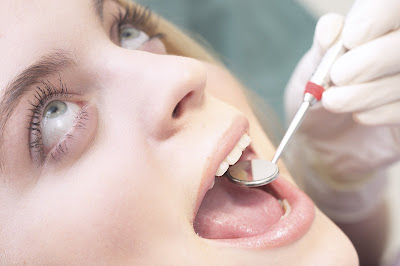
A local charter school hopes to launch an ambitious program this fall that would keep students in school for 12 hours a day and track the impact of physical fitness on their grades.
The Let's Move Academy for freshmen and sophomores at Dohn Community High School would be the first in the region - and perhaps the nation - to track and tie health to academics, school officials say. It would also be the first mandatory after-school program in the state at a public school according to the Ohio Department of Education. It is contingent on the school winning around $130,000 in local and federal grants to help pay for it. The school will find out about its grant applications in April.
The program would combine physical fitness activities and nutrition lessons with academics, tutoring and character development classes. Dohn will also provide healthy meals for the students.
The goal is to improve students' health and in turn raise their grades and graduation rates.
Read More
The Let's Move Academy for freshmen and sophomores at Dohn Community High School would be the first in the region - and perhaps the nation - to track and tie health to academics, school officials say. It would also be the first mandatory after-school program in the state at a public school according to the Ohio Department of Education. It is contingent on the school winning around $130,000 in local and federal grants to help pay for it. The school will find out about its grant applications in April.
The program would combine physical fitness activities and nutrition lessons with academics, tutoring and character development classes. Dohn will also provide healthy meals for the students.
The goal is to improve students' health and in turn raise their grades and graduation rates.
Read More













